Blamed for Your Fall? How an Attorney Fights Comparative Negligence
- account_circle admin
- calendar_month Rab, 3 Sep 2025
- visibility 199
- comment 0 komentar
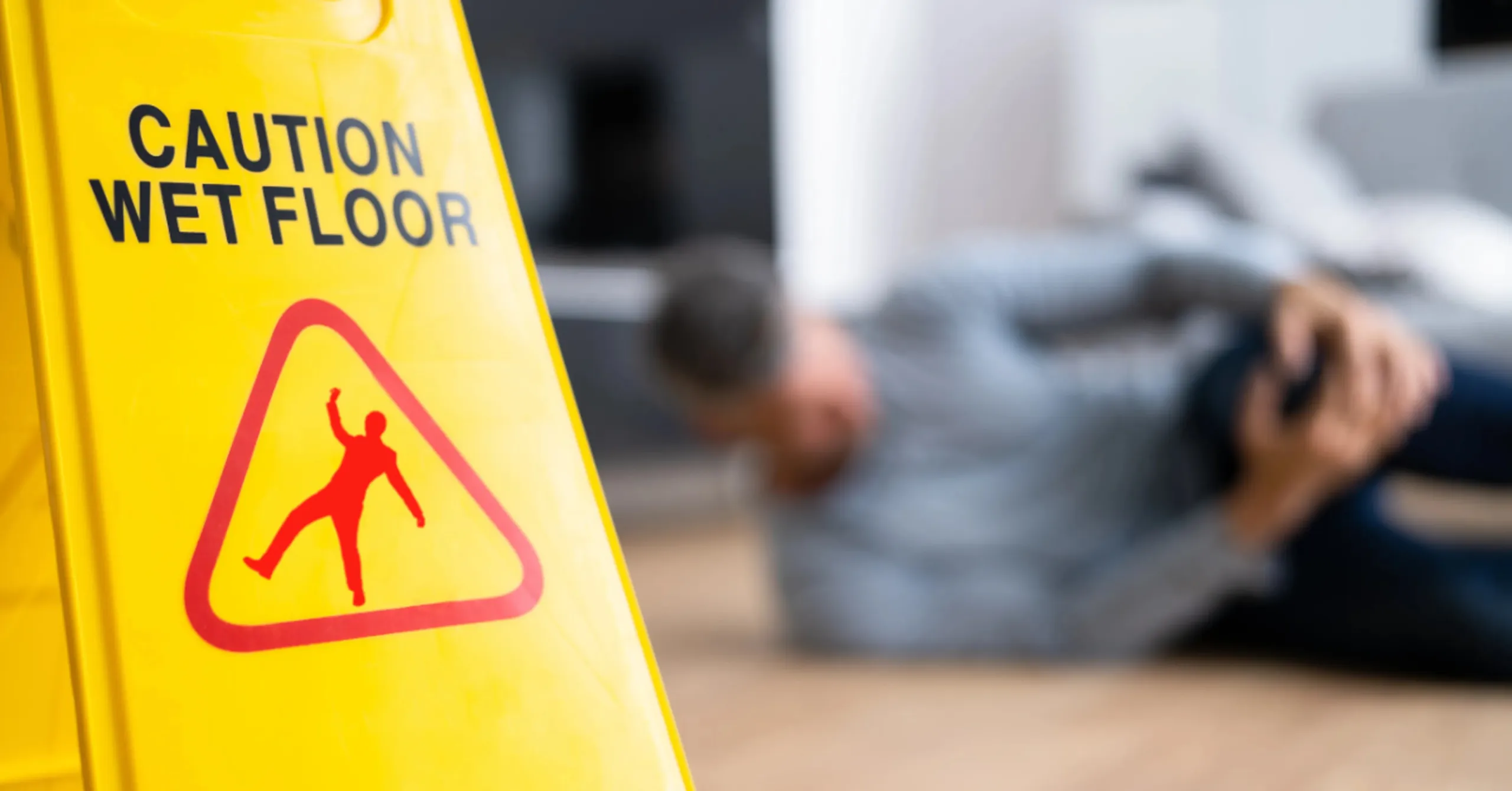
Blamed for Your Fall, How an Attorney Fights Comparative Negligence
Blamed for Your Fall? How an Attorney Fights Comparative Negligence
KlikBabel.com – Blamed for Your Fall? How an Attorney Fights Comparative Negligence. The jarring thud, the sudden pain, the gnawing question: “Whose fault is this?” Slip and fall accidents are common, leaving victims not only with physical injuries but also with the daunting task of navigating legal complexities, especially when the concept of “comparative negligence” enters the picture. If you’ve been injured in a fall and are facing accusations of contributing to your own accident, understanding how an attorney can fight comparative negligence is crucial for securing the compensation you deserve.
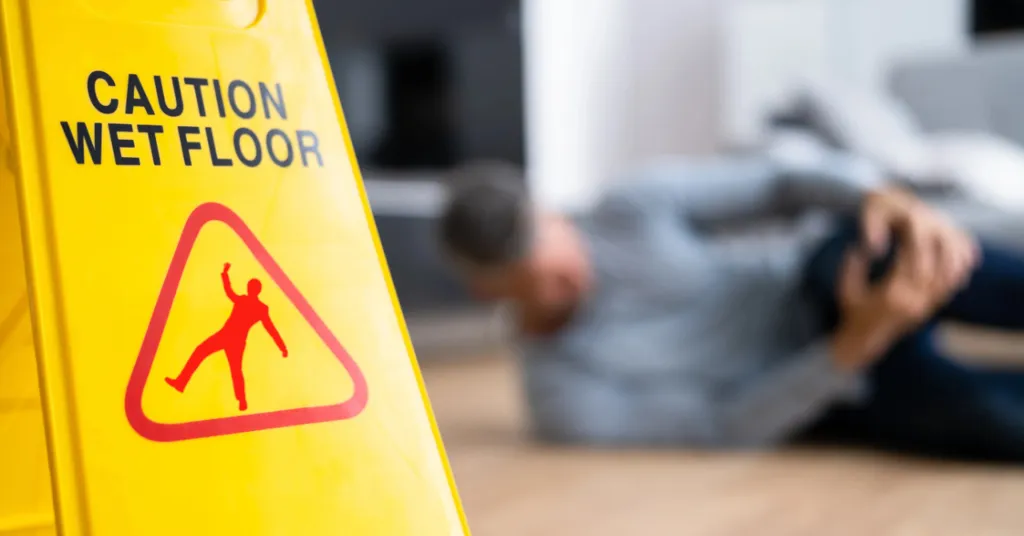
Blamed for Your Fall, How an Attorney Fights Comparative Negligence
What is Comparative Negligence?
In many jurisdictions, the legal doctrine of comparative negligence dictates that if a plaintiff (the injured party) is found to be partially at fault for their own injuries, their compensation can be reduced by their percentage of fault. This means that even if the defendant (the property owner or responsible party) was primarily negligent, your recovery could be significantly impacted if you are deemed to have contributed to the fall.
For instance, if a jury determines you were 20% at fault for tripping over a dimly lit stairwell because you were texting, your compensation could be reduced by 20%. In some “modified” comparative negligence states, if your fault exceeds a certain threshold (often 50%), you may be barred from recovering any damages at all.
Why Comparative Negligence is a Hurdle for Injured Parties
This legal principle can be a formidable obstacle for those seeking justice. Defendants and their insurance companies often leverage comparative negligence to minimize payouts, arguing that the injured party’s actions, such as not paying attention, wearing inappropriate footwear, or ignoring warning signs, were the primary cause of the incident. This can shift the burden onto the victim to prove they were not at fault, or at least that their contribution was minimal.
How an Attorney Champions Your Case Against Comparative Negligence
A skilled personal injury attorney is your most powerful ally in combating claims of comparative negligence. Their expertise lies in meticulously dissecting the circumstances of your fall and presenting a compelling case that refutes or significantly minimizes your alleged fault. Here’s how they fight for you:
- Thorough Investigation: Your attorney will conduct an exhaustive investigation into the accident scene. This involves gathering evidence such as photographs and videos of the hazard, witness statements, maintenance records for the property, and any relevant safety regulations or building codes that were violated. This evidence is vital in establishing the defendant’s negligence and countering claims of your own.
- Establishing Defendant’s Duty and Breach: The core of any slip and fall case is proving the property owner owed you a duty of care and breached that duty. Your attorney will demonstrate that the hazard was foreseeable and that the owner failed to take reasonable steps to address it, such as proper lighting, prompt cleaning of spills, or clear warning signs.
- Discrediting Allegations of Your Negligence: Attorneys are adept at challenging the narrative that you were primarily at fault. They will analyze the specific accusations made against you. For example, if you’re accused of not paying attention, they might present evidence that the hazard was hidden or presented unexpectedly. If you were wearing inappropriate footwear, they could argue that the hazard was so severe that even the most cautious individual would have fallen.
- Highlighting the “Reasonable Person” Standard: Legal arguments often hinge on what a “reasonably prudent person” would have done in similar circumstances. Your attorney will argue that your actions were consistent with this standard, especially when faced with an unseen or unexpected hazard.
- Leveraging Expert Testimony: In complex cases, attorneys may employ expert witnesses, such as safety consultants or accident reconstructionists. These experts can provide valuable testimony to explain how the hazard occurred, why it was dangerous, and how the defendant’s negligence directly led to your fall, further diminishing any perceived fault on your part.
- Negotiation and Litigation Skills: Your attorney will engage in robust negotiations with the opposing party’s insurance adjusters and legal teams. They will present a strong case backed by evidence to counter their comparative negligence arguments. If a fair settlement cannot be reached, they are prepared to take your case to court and advocate vigorously on your behalf before a judge and jury.
- Understanding Jurisdictional Nuances: Comparative negligence laws vary significantly from state to state. An experienced attorney will possess a deep understanding of the specific laws in your jurisdiction and how they apply to your case, ensuring your rights are protected.
Don’t Let Comparative Negligence Derail Your Claim
Being blamed for your own fall can feel overwhelming, but it doesn’t have to be the end of your pursuit for justice. By enlisting the help of a dedicated personal injury attorney, you gain a powerful advocate equipped with the knowledge, experience, and resources to effectively fight comparative negligence claims. They will work tirelessly to ensure the true cause of your injury is recognized and that you receive the fair compensation you deserve for your pain, suffering, medical expenses, and lost wages.
Frequently Asked Questions (FAQ):
Q1: If I was partially at fault for my slip and fall, can I still get compensation?
A1: Yes, in most states with comparative negligence laws, you can still receive compensation even if you were partially at fault. However, your compensation will likely be reduced by your percentage of fault. In some “modified” comparative negligence states, if your fault exceeds a certain threshold (e.g., 50%), you might be barred from recovering any damages. The specific laws in your state are critical, and an attorney can explain them to you.
Q2: What kind of evidence is important to prove the other party was negligent and I was not?
A2: Crucial evidence includes photographs or videos of the hazard (e.g., a wet floor without a sign, a broken step), witness statements from anyone who saw the fall or the hazard, maintenance records for the property, incident reports filed by the property owner, and any communication regarding the hazard. Your attorney will gather and present this evidence effectively.
Q3: How does an attorney argue against the claim that I wasn’t paying attention?
A3: An attorney can argue that even a reasonably attentive person would have fallen due to the nature of the hazard. This could involve demonstrating that the hazard was unexpected, hidden, or presented suddenly. They might also highlight that you were performing a normal activity and the hazard was not readily apparent, or that the property owner’s negligence created a situation where inattentiveness was a foreseeable consequence for anyone.
- Penulis: admin

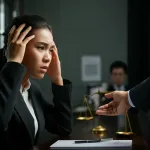


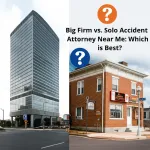
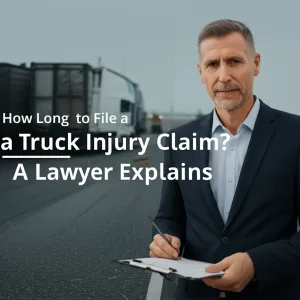






Saat ini belum ada komentar